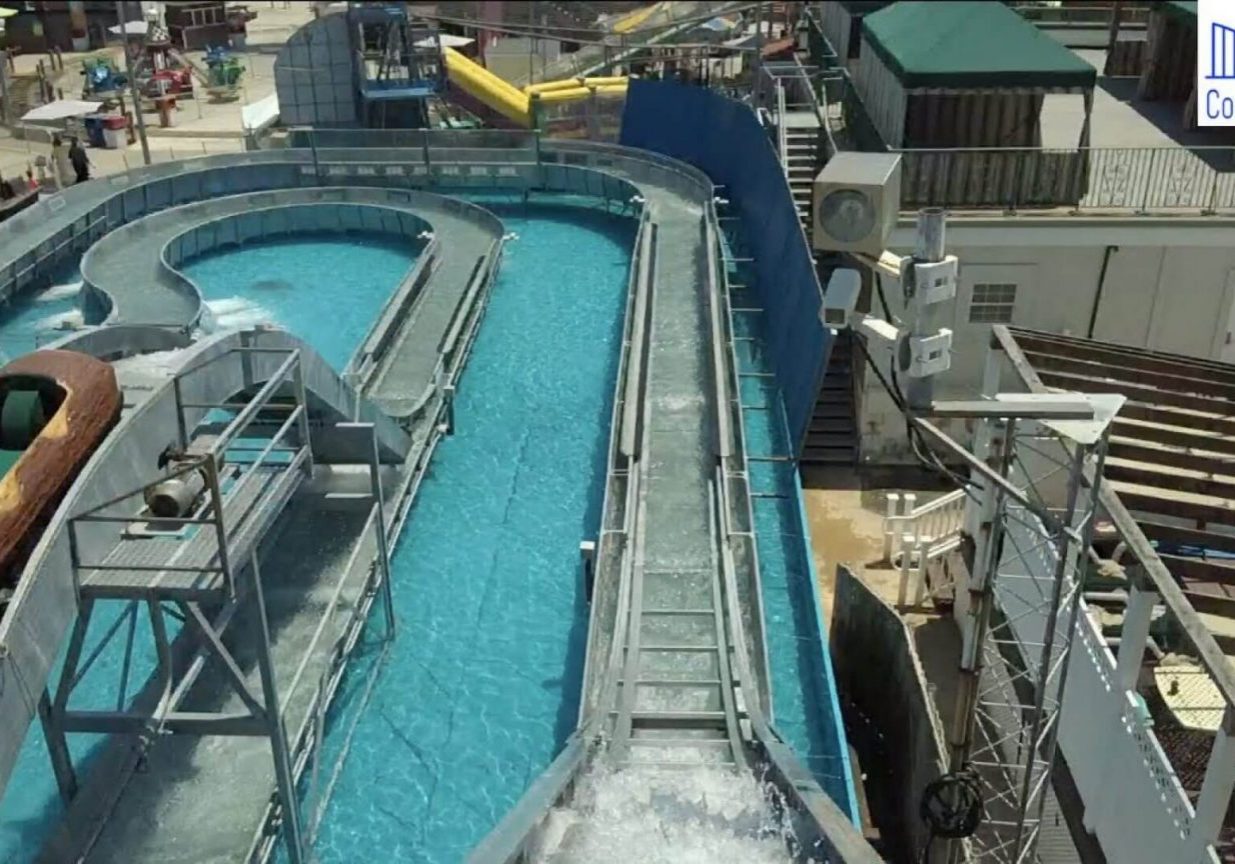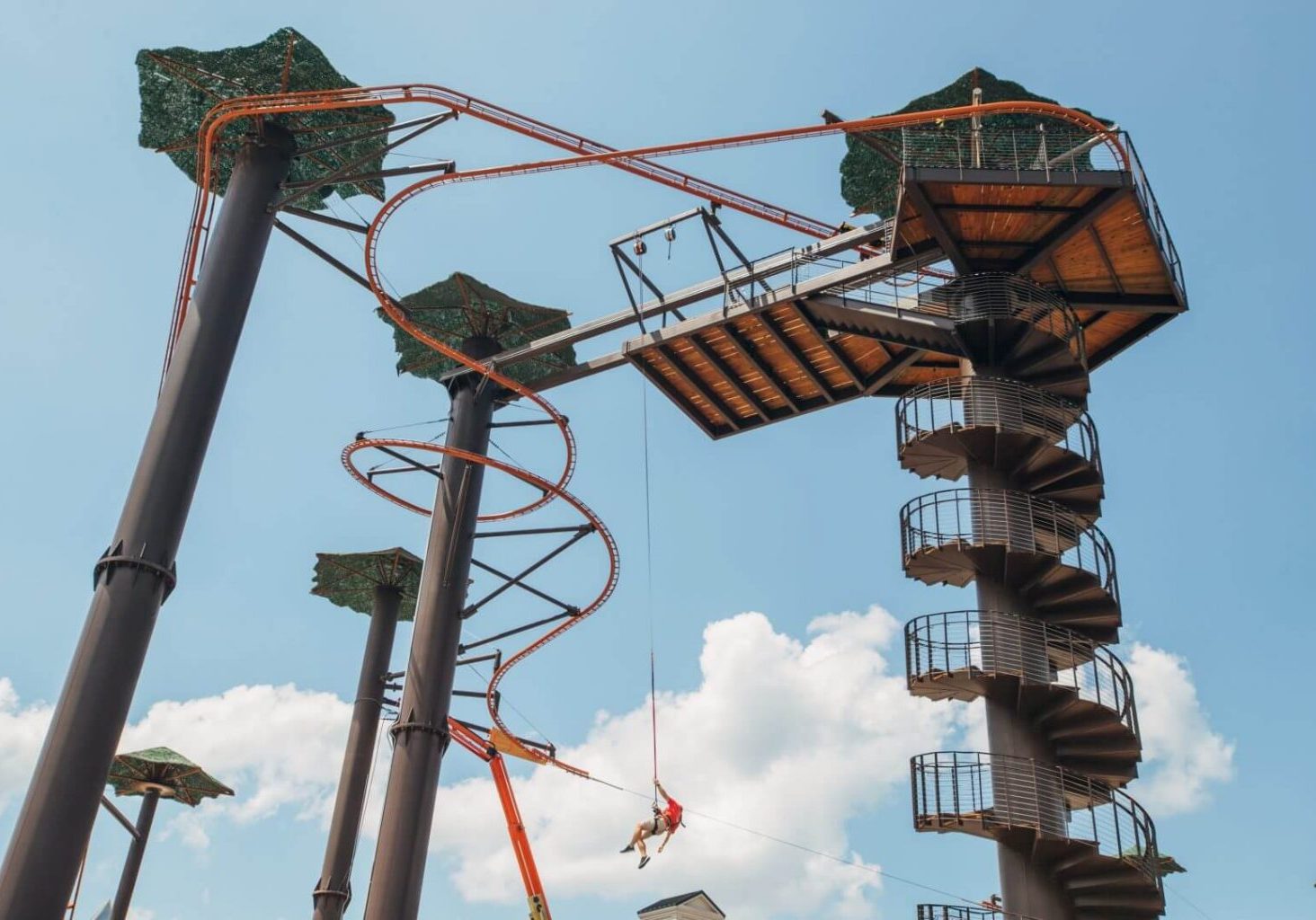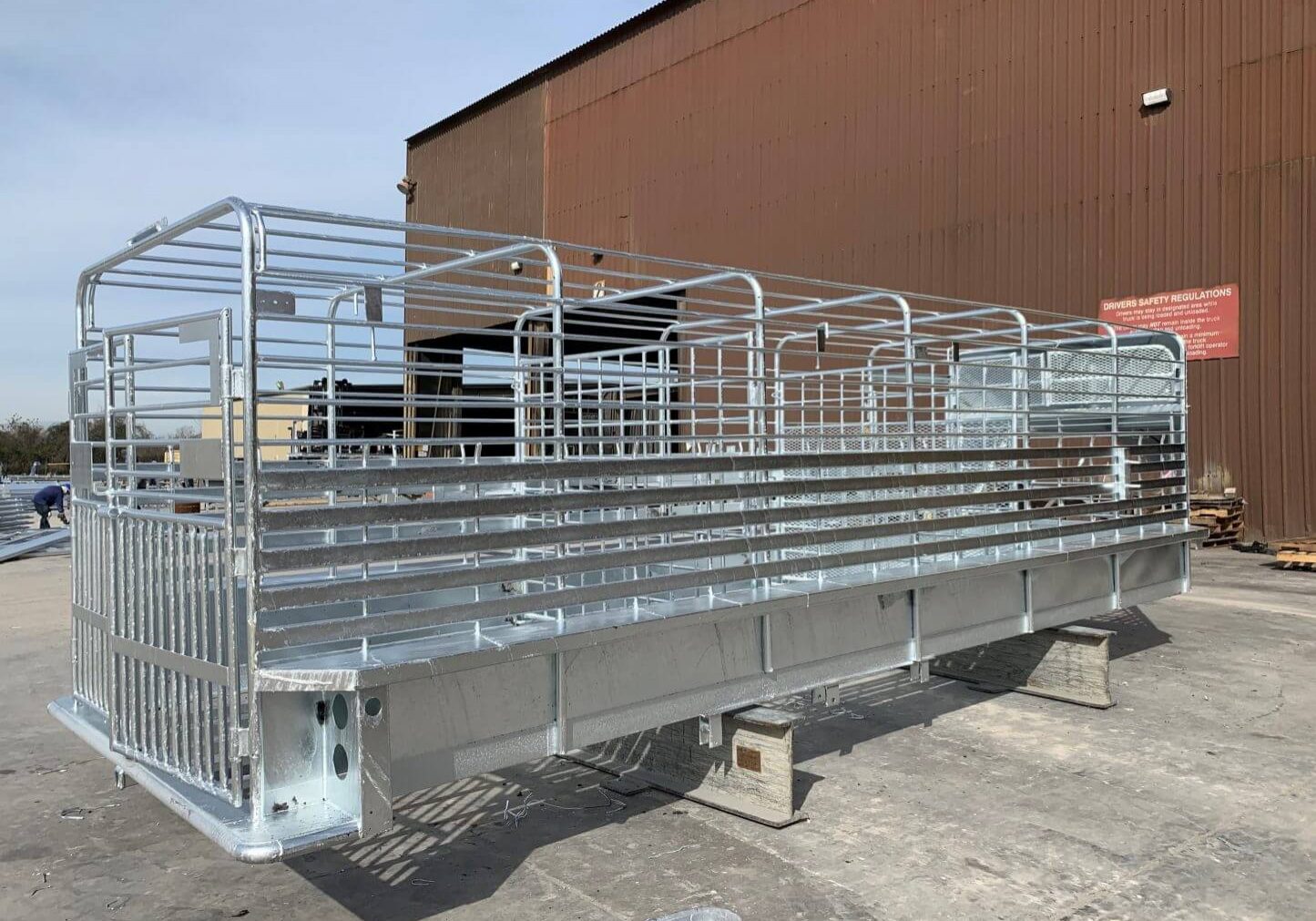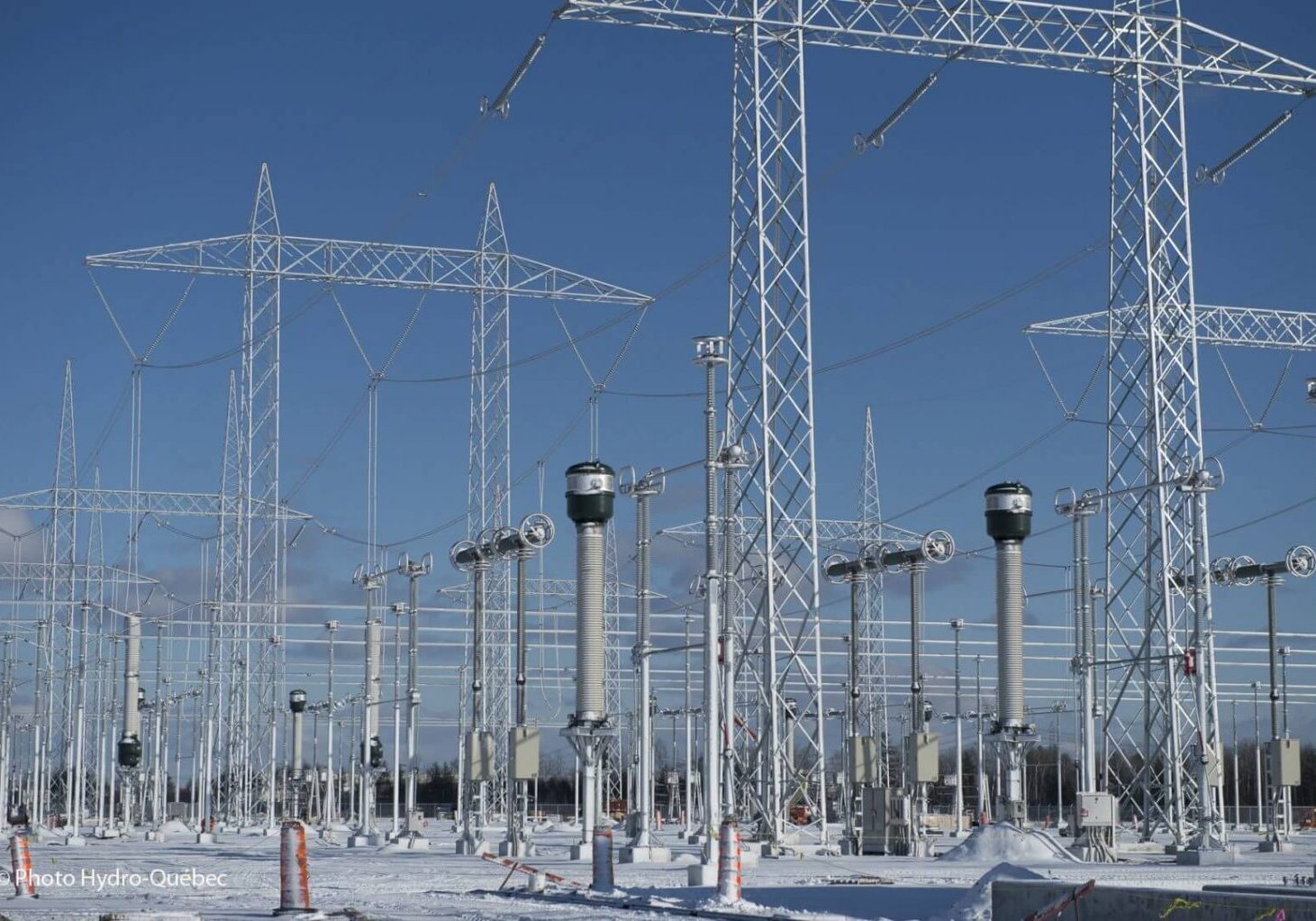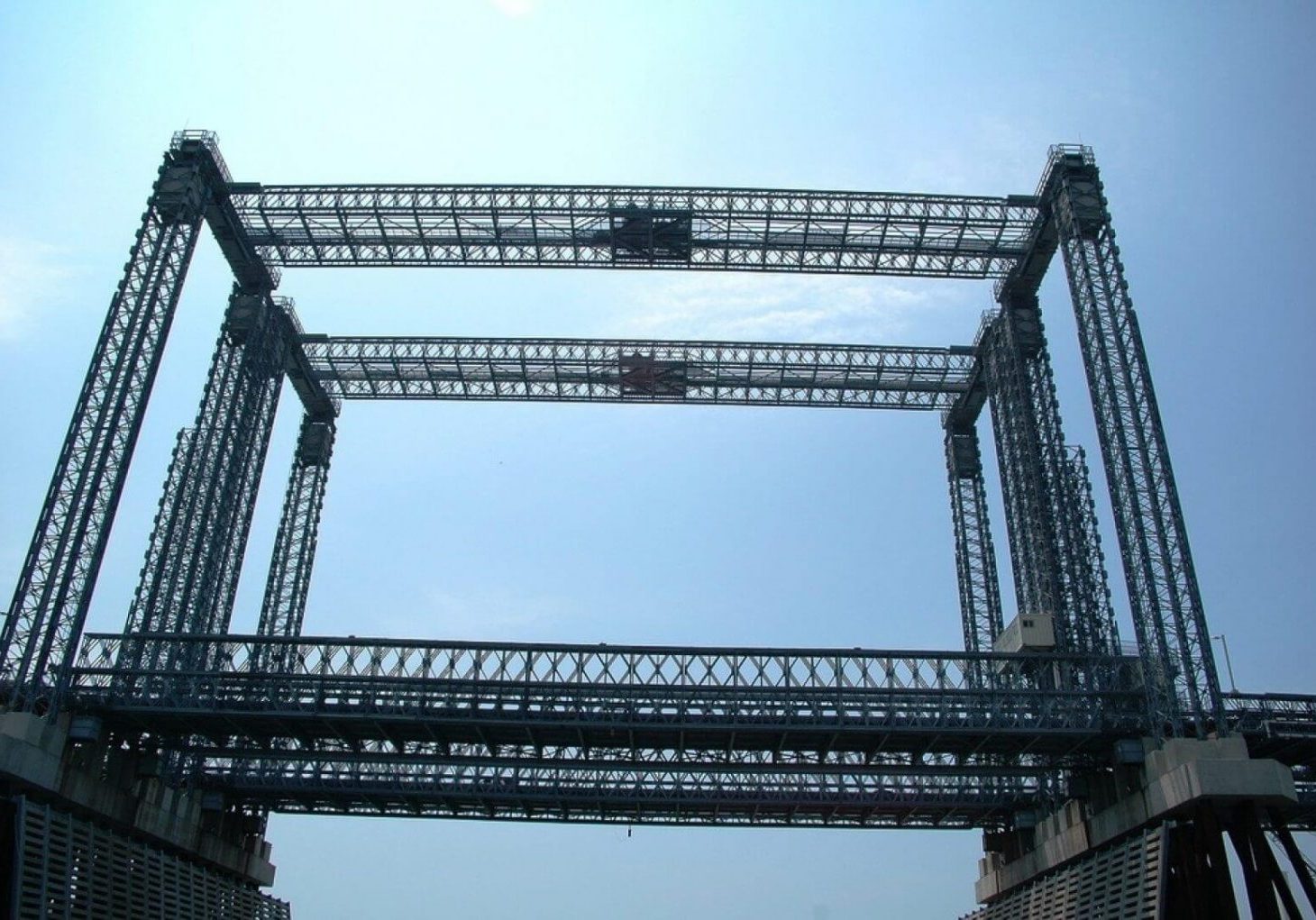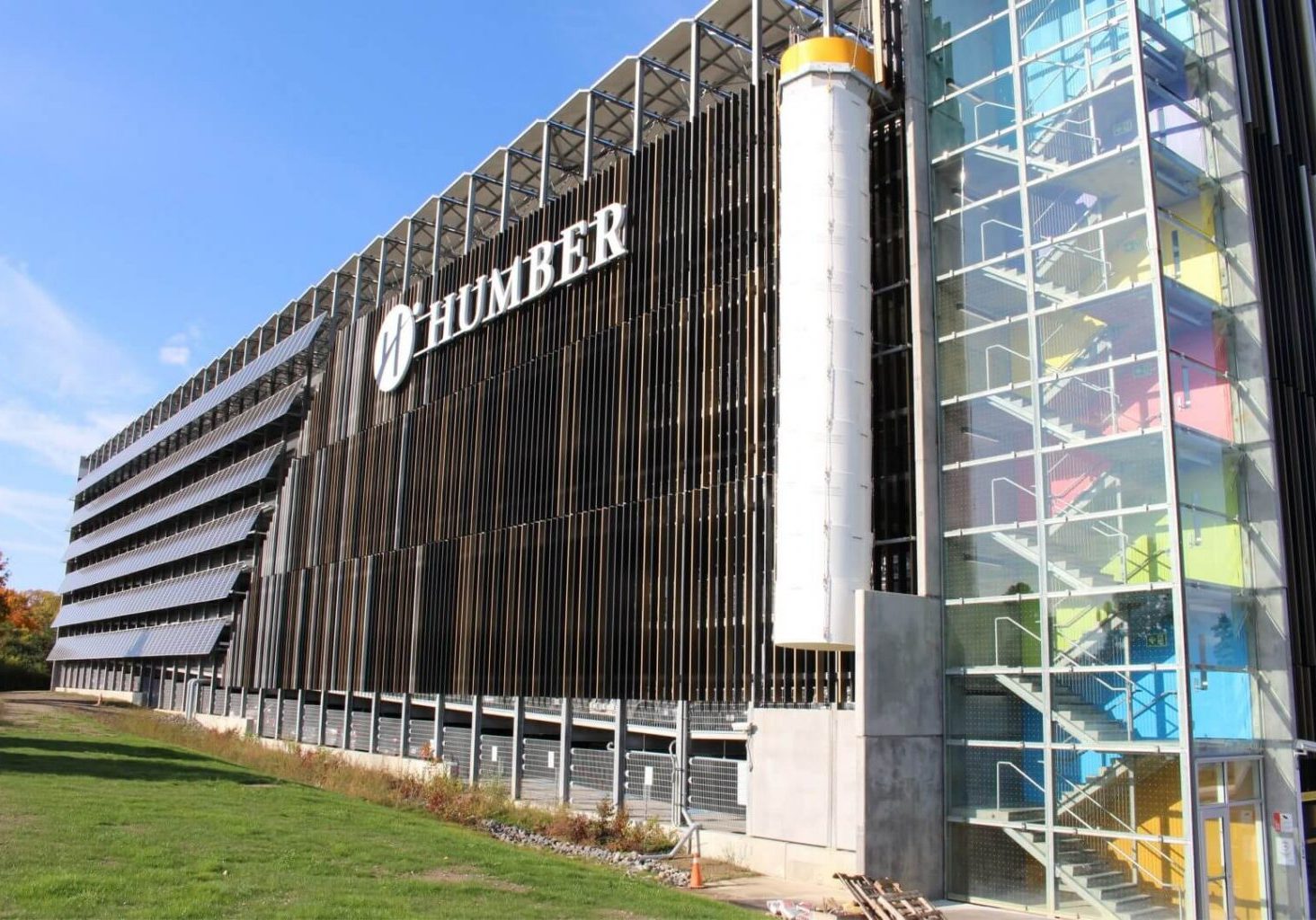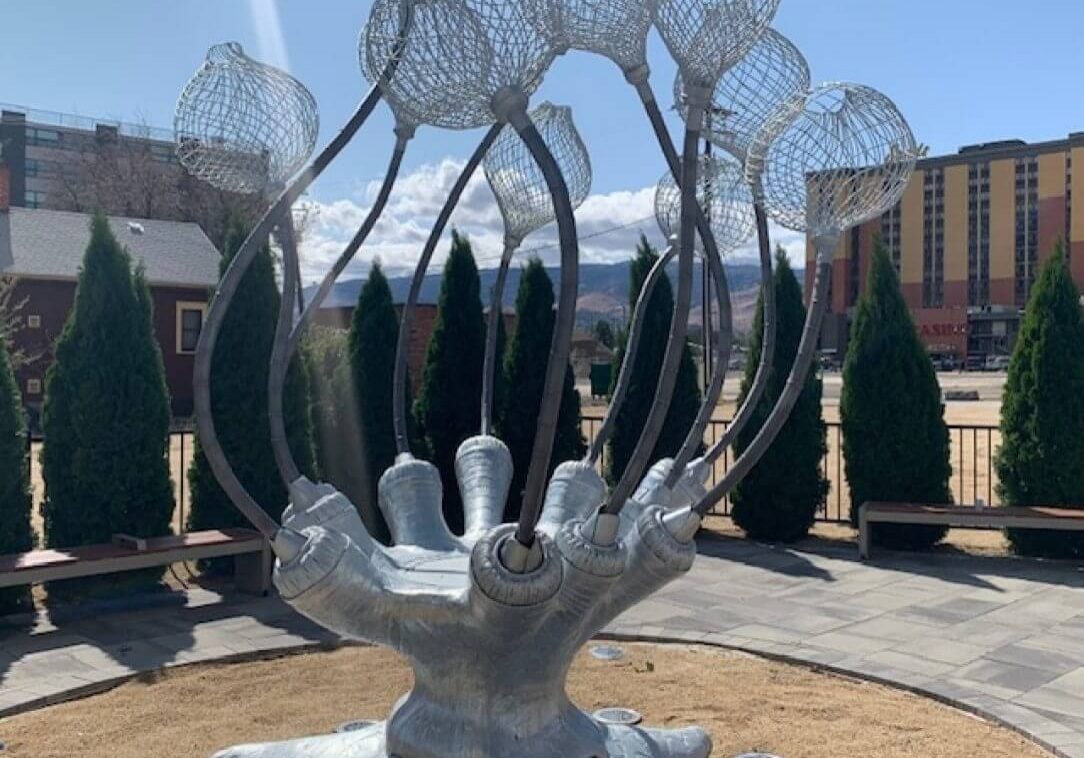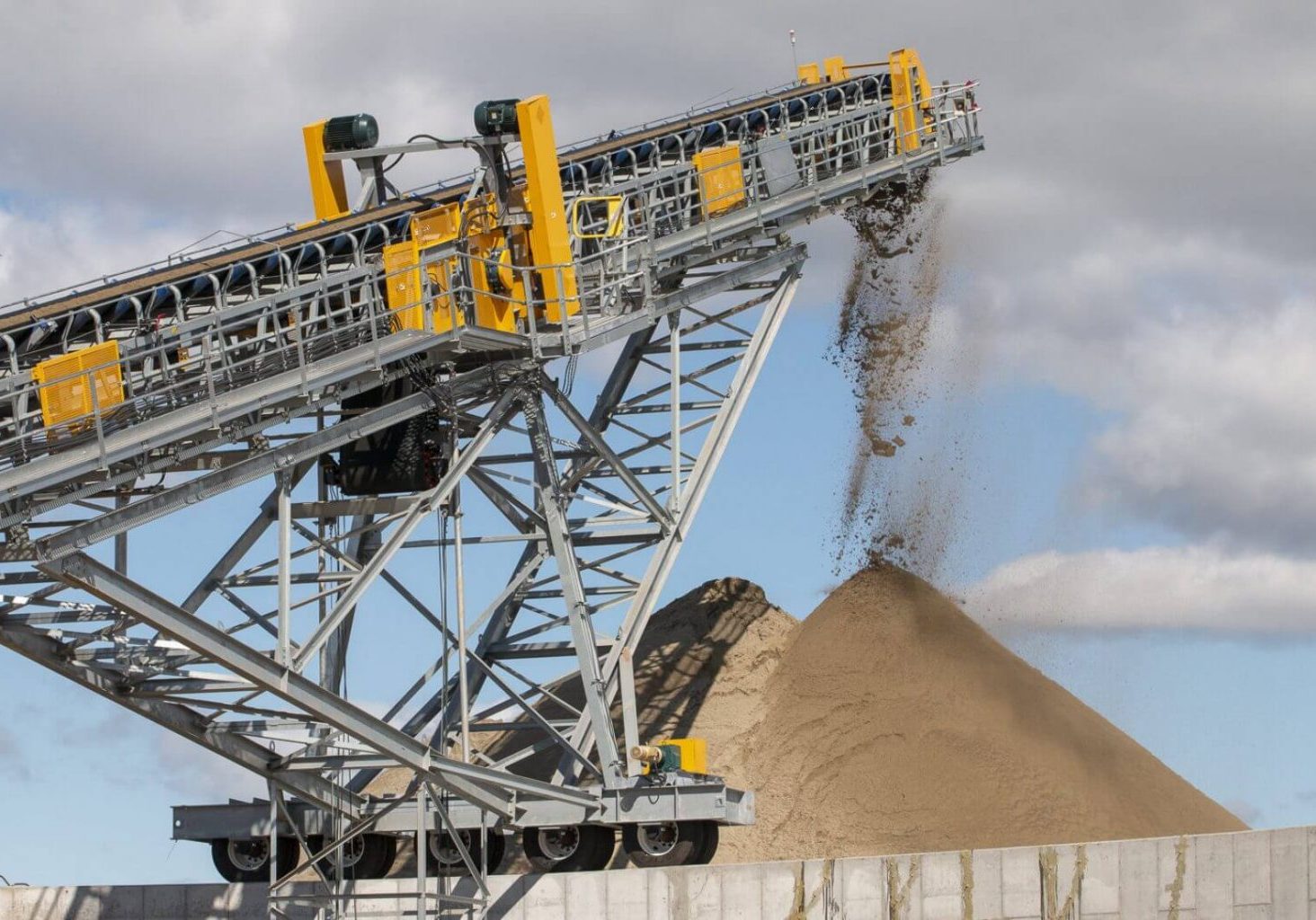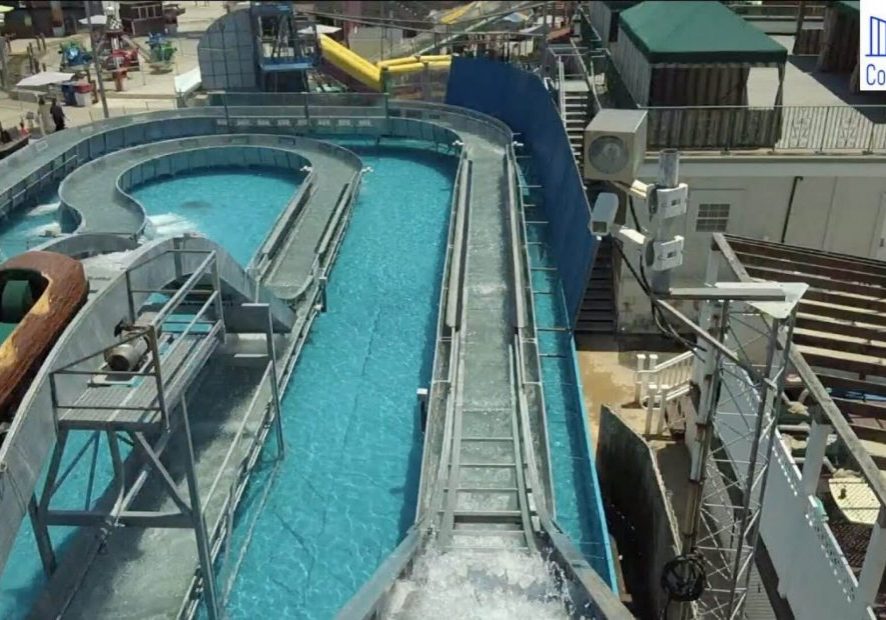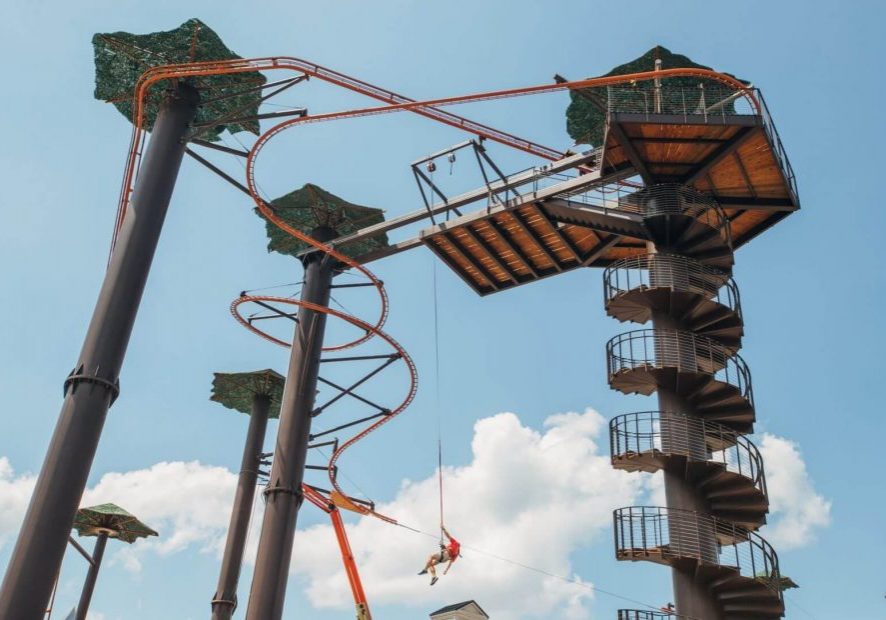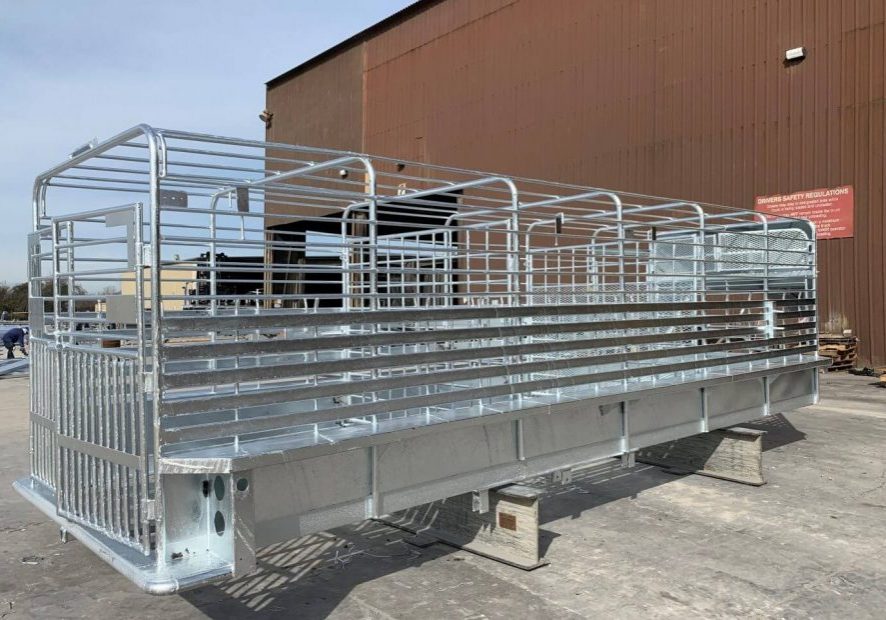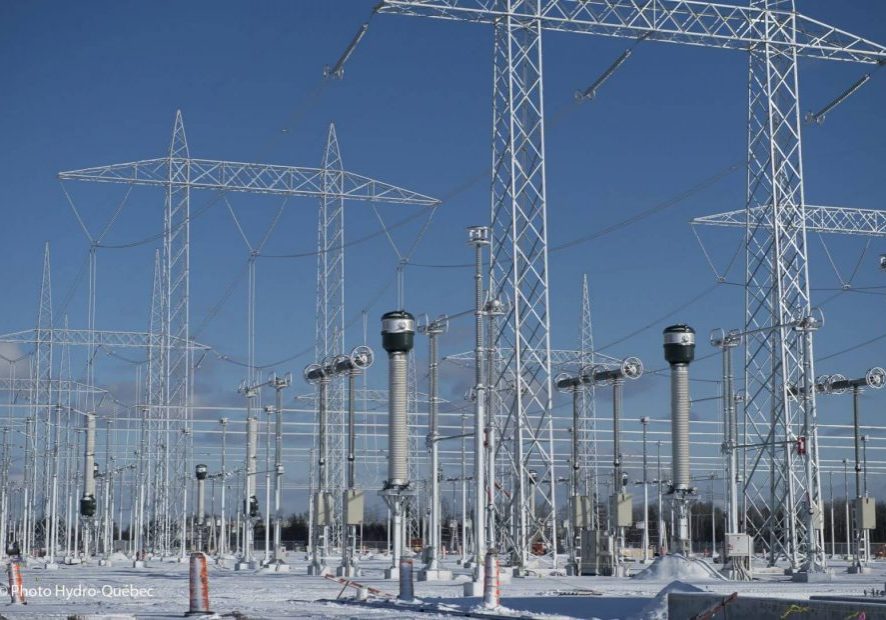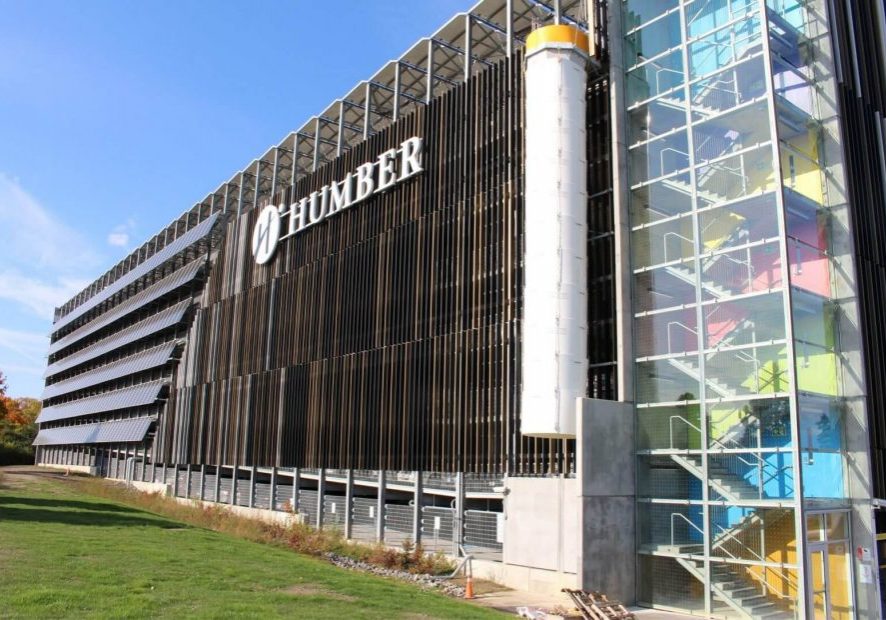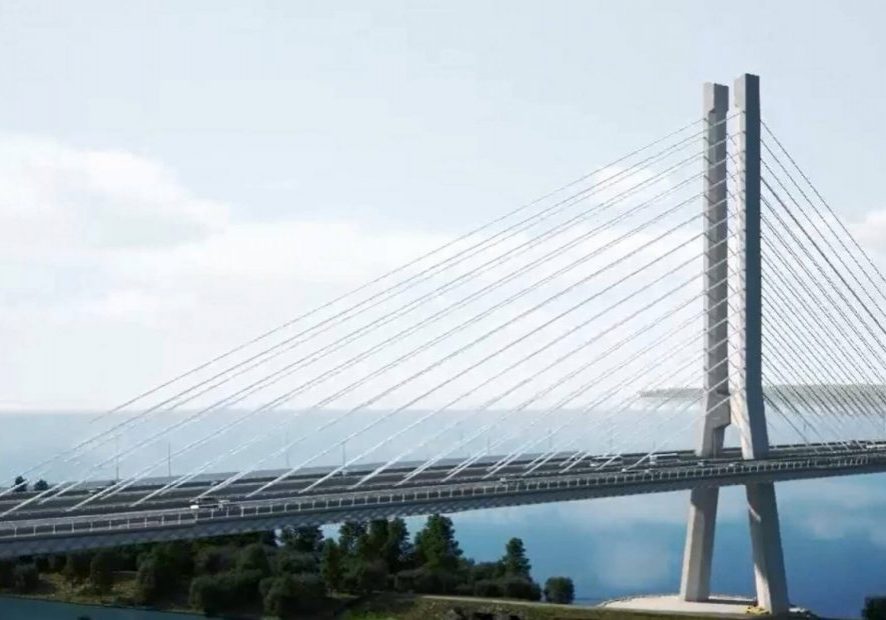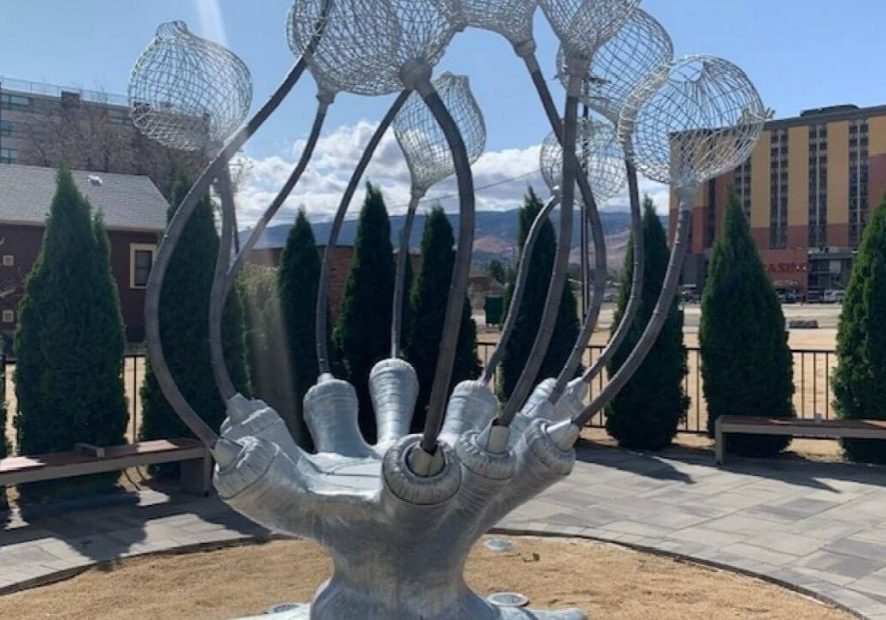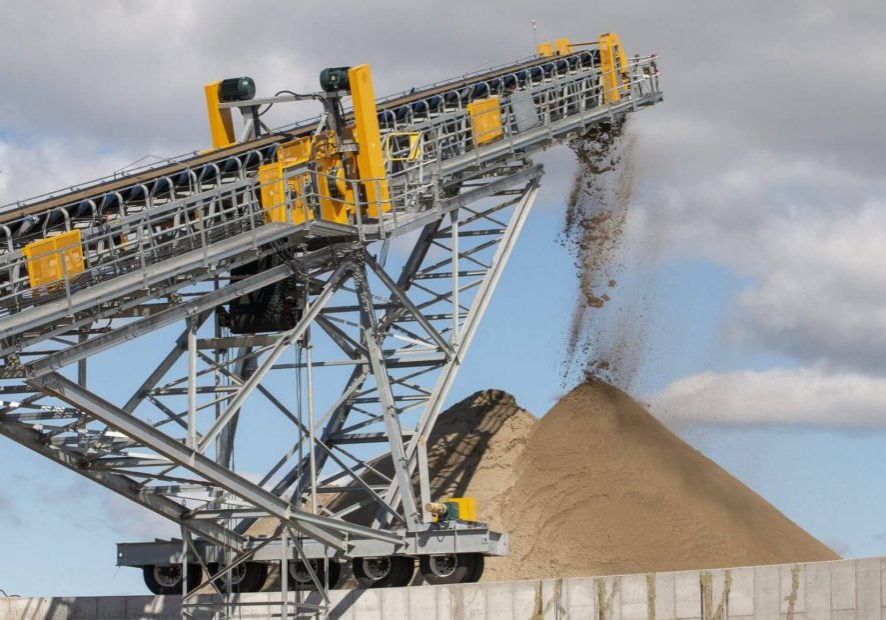Resources
Equipment Videos and Answers to Frequently Asked Questions
HELPING HANDS
Videos
From design to installation, upgrade or repair, learn how our products and services improve equipment for companies worldwide.
QUESTIONS ANSWERED
Frequently Asked
Answers and troubleshooting responses to commonly asked questions regarding proper equipment operations, maintenance schedules and spare parts.
The recommended operating temperature for a Galvanizing Kettle is from 820oF to 840oF (438oC to 449oC). Refer to the Zinc Bath Temperature Chart. This temperature range is sufficiently hot that the zinc should remain molten when cold product is dipped into the kettle, but not so hot as to cause the kettle wall to go into solution with the molten zinc, which would significantly impact kettle life.
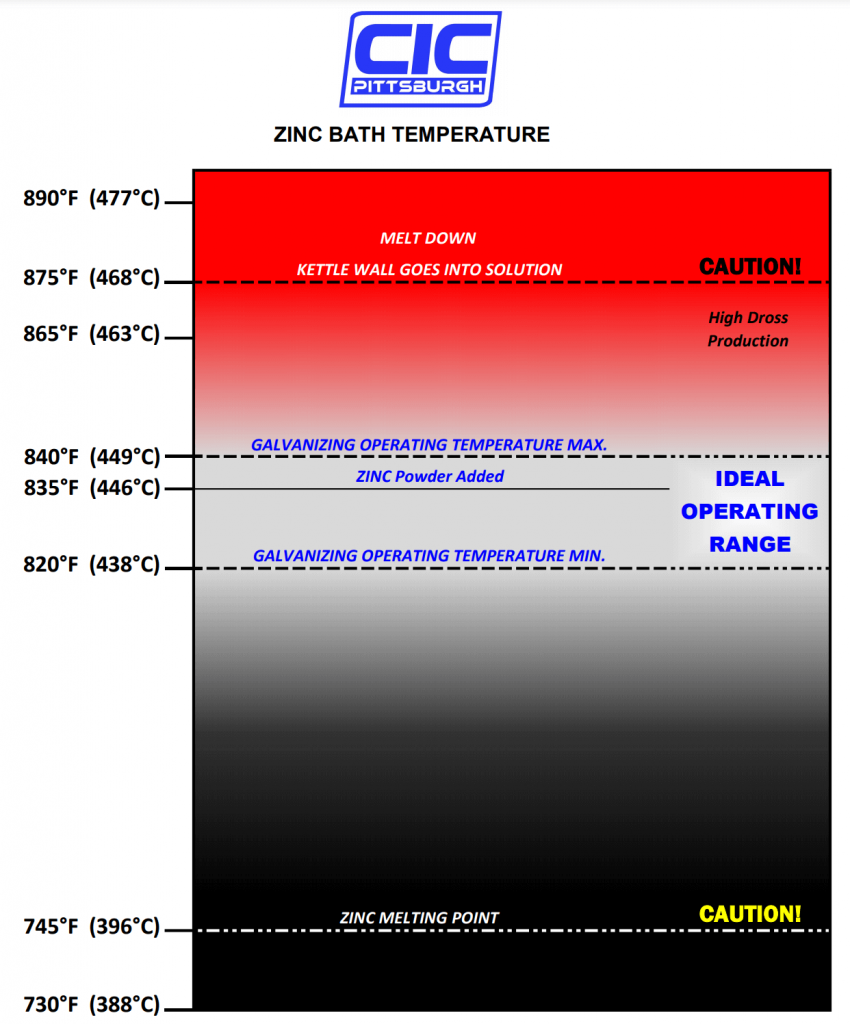
There are many ways to reduce the fuel consumption of a furnace. The simplest and most cost-effective means are by ensuring that the combustion system is properly tuned to fire on ratio. This is accomplished by adjusting the gas and air delivery systems (pressure regulators, valves, etc.) in accordance with the manufacturer’s specifications. Flow transmitter calibration may also be needed. CIC Pittsburgh can help you with this service.
Something else to check into is the furnace pressure. The furnace should operate with a slightly positive pressure, meaning a very small amount of hot gas stingout will flow out of a furnace inspection port or door. If there is no stingout (and if cold air is actually being pulled into the furnace), this would indicate a negative furnace pressure, which will increase your fuel consumption. In this case, you will need to check the pressure transmitter and waste gas damper.
Besides making adjustments to the combustion setup, further fuel savings can be achieved with some system redesigning. For example, changing from Proportional Control to Pulse Firing can provide significant fuel savings. Another consideration could be to add waste heat recovery in the form of a recuperator or waste heat boiler (if hot water or steam is used elsewhere in your plant).
Spare parts lists vary on an individual furnace basis. But with that said, there are some parts that are recommended and are common to most furnaces:
- Spark igniters
- Flame rods / UV scanners
- Gas solenoid valves
- Burner control modules / Flame relays
- Ignition transformers
- Thermocouples
- Combustion air filter elements
- Pressure switches (high gas, low gas, low air)
The subject of kettle wear is a very important one, and something that is often discussed amongst galvanizing plants and our team here at CIC Pittsburgh. The reason it is so often discussed is that kettle life is a critical factor in the operation of a galvanizing plant. There is ever-present pressure to get as much life (tons) out of the kettle before swapping it out. This is because of not only the great expense (and lead time) of the kettle, but also the downtime associated with the swap (pump-out, cooldown, setting, heat-up, and re-melting). On this matter, we are all aligned in our interests of maximizing the life of the kettle.
With that said, there are many factors at play that will affect the kettle wear and life, including the operating temperature, number of operating shifts/day, number of hours of production, productivity, and dross collected. However, there are many more factors that would also need to be included in a proper statistical analysis; namely, number of dips, variability in mass/volume of the dips, cleanliness of the steel, pre-flux and other chemical consumption, burner firing times, number of re-starts, and number of temperature excursions. In addition, there are other factors which will influence the kettle life which are not as easily gathered, such as zinc splash intensity, number of and intensity of mechanical impacts of the load on the kettle walls, deterioration of the equipment (insulation, kettle supports, etc.), burner and combustion system tuning and operating characteristics, etc.
Adding to the complexity of the question is that the wear rate will be different on different wall surfaces – top vs. bottom, side wall vs. end wall, base edge vs. vertical edge, near or far from burners, etc. There are services available that can take ultrasonic measurements of the kettle walls. These measurements will be much better than any estimate, but will still leave a high level of question because wear rates are non-linear. So, what things looked like yesterday offers no promise of what things will look like tomorrow.
All of this is to say that there is currently no real precise way to predict the wear rate or ultimate life of the kettle. Under the assumption that within a given plant, the practices between kettles is more or less consistent, we generally defer to the plant’s operating experiences (what have you seen with your other kettles). Beyond that, we have a historical reference frame that suggests a “typical” kettle life will be about 5-7 years – more if the usage is gentle and steady / less if the usage is harsh with many transient conditions.
Further to the point, if you are interested, below is a link to an article on the American Galvanizers Association that was the result of a survey of 37 operations. The presentation shows how kettle life varies, but does not list the variability.
https://galvanizeit.org/knowledgebase/article/ways-to-extend-kettle-service-life
In order to troubleshoot a burner light-up, you must understand the design of the system. Systems generally have the same set of checks in order to fire safely, but the implementation of these checks may be done in different way. CIC Pittsburgh has developed the attached Flow Chart to help guide you through the troubleshooting effort. If you are still having a problem, contact us to arrange a service visit.
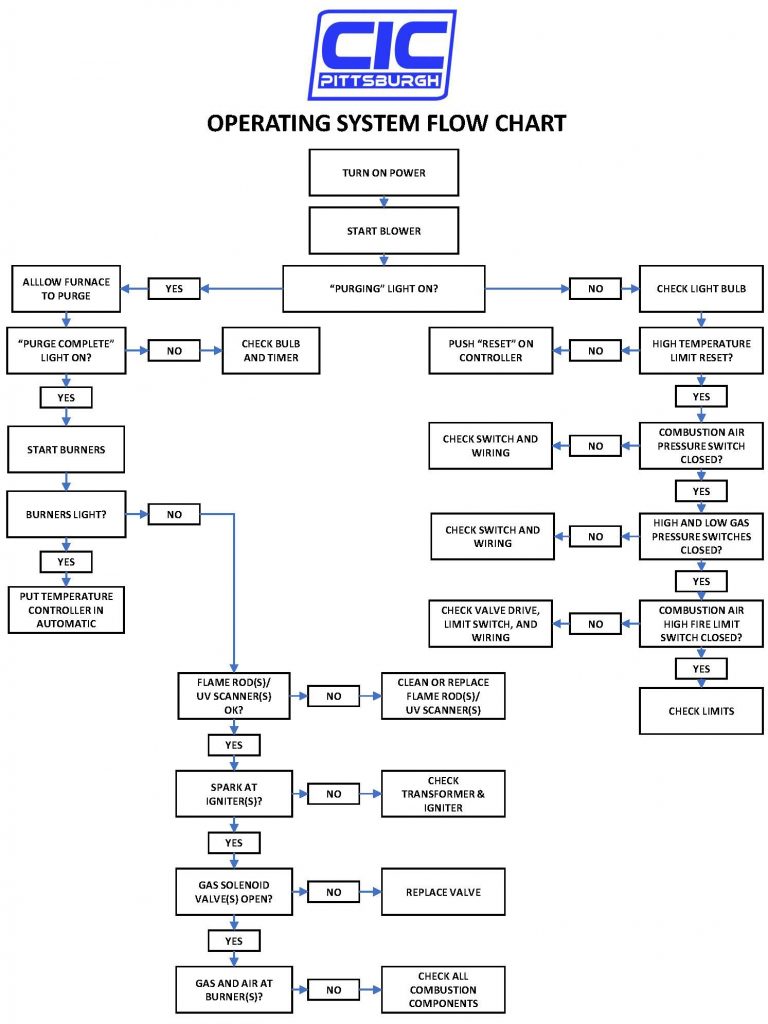
Pulse Firing (aka On/Off Control) is a means of controlling the burner firing by switching them on and off (or high and low). To understand how this works, we consider a system in which there are 10 burners on a furnace and are operating with a firing demand of 40%. With the conventional Proportional Control, all of the burners would be turned down to fire at 40% of their firing capacity. On the other hand, with Pulse Firing, the furnace would run with 4 burners firing (at their rated firing capacity), while the other 6 would be turned off. Over time, a control algorithm will cycle through all of the burners in the furnace, turning them each on and off at discrete time intervals so that there are always 4 burners firing, and so that the heat is spread out evenly throughout the furnace.
To understand the advantages of Pulse Firing, as compared with conventional Proportional Control, we must understand burners performance. The burners are designed for a maximum firing capacity. This capacity is then used to size the burner’s air and gas nozzles. Then, when the air and gas are flowing at their maximum rating, the burners develop a maximum flame envelope (length and diameter), with optimized mixing characteristics. Under these circumstances, the burners perform at their very best, with optimal flame geometry, temperature uniformity and heat release patterns, not to mention lowest emissions.
Now, as the burner firing rate decreases, the air and gas flows through the burners decreases, causing a reduction in velocity and turbulence. As a result, the flame shape will obviously change, becoming shorter and lifting upward (due to less momentum). Because of this, the heat release patterns will also change, with the heat being concentrated into a smaller flame, and perhaps not throwing the heat over as much of the furnace and product. In order to help compensate for the poor mixing characteristics and shorter flames, it is typical to run the burners with higher levels of excess air, to increase the momentum and turbulence, lengthen the flame, and improve the combustion process. The down side to this is that firing with higher levels of excess air will increase the fuel consumption, as that excess air has to be heated up to maintain the furnace temperature. As another consequence, the emissions from a burner operating in a turndown situation also increase.
When you consider Pulse Firing control, the burners are not subjected to the turndown conditions and the associated deterioration in performance. Instead, when a burner is needed, it only fires at its optimal firing conditions (maximum air and gas flows). Then, when it is no longer needed, it is turned off. Then, the flame shape, heat release patterns, and mixing characteristics are always at their optimal design conditions, providing the opportunity for improved temperature uniformity, fuel savings, and a reduction in emissions.
20 YEARS OF EXPERIENCE
Award-Winning AGA Projects
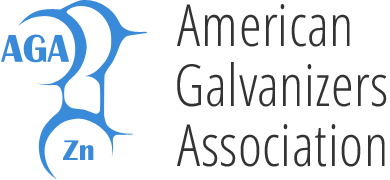
The votes have been tallied and the American Galvanizers Association (AGA) is pleased to announce the winners of the 2020 Excellence in Hot-Dip Galvanizing Awards. More than 115 impressive projects were submitted, representing a variety of applications of hot-dip galvanizing. All of the projects were judged online by a panel of architects and engineers. The submitted projects and winners are featured in the AGA Project Gallery.
High Seas Log Flume
OCEAN CITY, NJ UNITED STATES 2019 V&S Amboy Galvanizing The original riders from the 1970’s are now taking their grandchildren on the same ride they once took. Thanks to hot-dip galvanizing, this ride will stand the test of time for another forty years. The High Seas Log Flume owned and operated by S&T Amusement at…
The Flying Ox
PERTH AMBOY, NJ UNITED STATES 2019 V&S Lebanon Galvanizing The owners knew from the beginning they wanted the structure galvanized to limit the challenges and costs associated with maintenance. Pigeon Forge is a mountain resort town that sits five miles from the northern entrance of the Great Smoky Mountains National Park in East Tennessee and…
Large Livestock Trailer
WHARTON, TX UNITED STATES 2019 AZZ Galvanizing – Houston West The collaboration of both parties was a huge benefit and will lead to more products being hot-dip galvanized. Livestock trailers are used every day and subjected to considerable wear and tear from the animals and transport. Traditionally the trailers are painted, but the end user and…
735-kV Chamouchouane- Bout-de-l’lle Transmission Line
SAGUENAY-LAC-ST-JEAN, QC CANADA 2019 Corbec Inc. – Quebec City Hot-dip galvanizing’s amazing life-cycle cost is no stranger to the electrical power transmission sector. The Chamouchouane–Bout-de-l’Île 735,000-volt hydro-electric transmission line carries electricity from Northern Quebec to millions of consumers in the Montreal area. This line was the first major North-South supply line built in 25 years for…
Riviere Cochon Gras Bridge
PERCHES, HAITI 2019 V&S Amboy Galvanizing LLC – V&S Taunton Galvanizing LLC Hot-dip galvanizing is the only coating possible that would allow a bridge to be in service for this period of time in Massachusetts, then reused in Haiti with no signs of corrosion. The life cycle cost savings on these projects are too substantial…
Louis Armstrong New Orleans Airport
KENNER, LA UNITED STATES 2019 AZZ Galvanizing – Morgan City & Baton Rouge The Airport Council International, a global industry trade group, estimates US airports will need $128 billion in upgrades by 2023. No doubt the New Orleans International Airport will showcase the use of HDG duplex coatings and will have a great impact on the transportation…
Humber College Parking Garage
TORONTO, ON CANADA 2019 Valmont Coatings – Pure Metal Galvanizing All steel components of the main and secondary structure as well as miscellaneous metals were hot-dip galvanized to secure the long-term durability of the building and low maintenance requirement. During the planning stage, Humber College sought out a design-build solution for the parking garage. It was…
A Tale of Two Bridges
MONTREAL, QC CANADA 2019 Corbec Inc. – Montreal After less than 50 years in service, the busiest bridge in Canada had “an unacceptable and indeterminable risk of catastrophic collapse” due to advanced corrosion of its unprotected rebar. Amid the fanfare of the 2019 Canada Day official opening of the $5,5 billion New Champlain Bridge, which is…
Bloom
RENO, NV UNITED STATES 2019 AZZ GALVANIZING – RENO The dimming and glowing of the blooms bring the piece to life. Its beauty is difficult to portray but can best be described as witnessing beauty and the creation of life. Located in downtown Reno, Nevada, Bloom is a masterful hot-dip galvanized art piece that stands 20’…
North American Aggregates
PERTH AMBOY, NJ UNITED STATES 2019 V&S Lebanon Galvanizing The mining and crushing equipment are all hot-dip galvanized to protect against corrosion in this marine environment. James Levy, VP Mellott Co. Some of the harshest conditions for any metal is being submerged in or near water whether fresh water or sea water. Steel and zinc…
